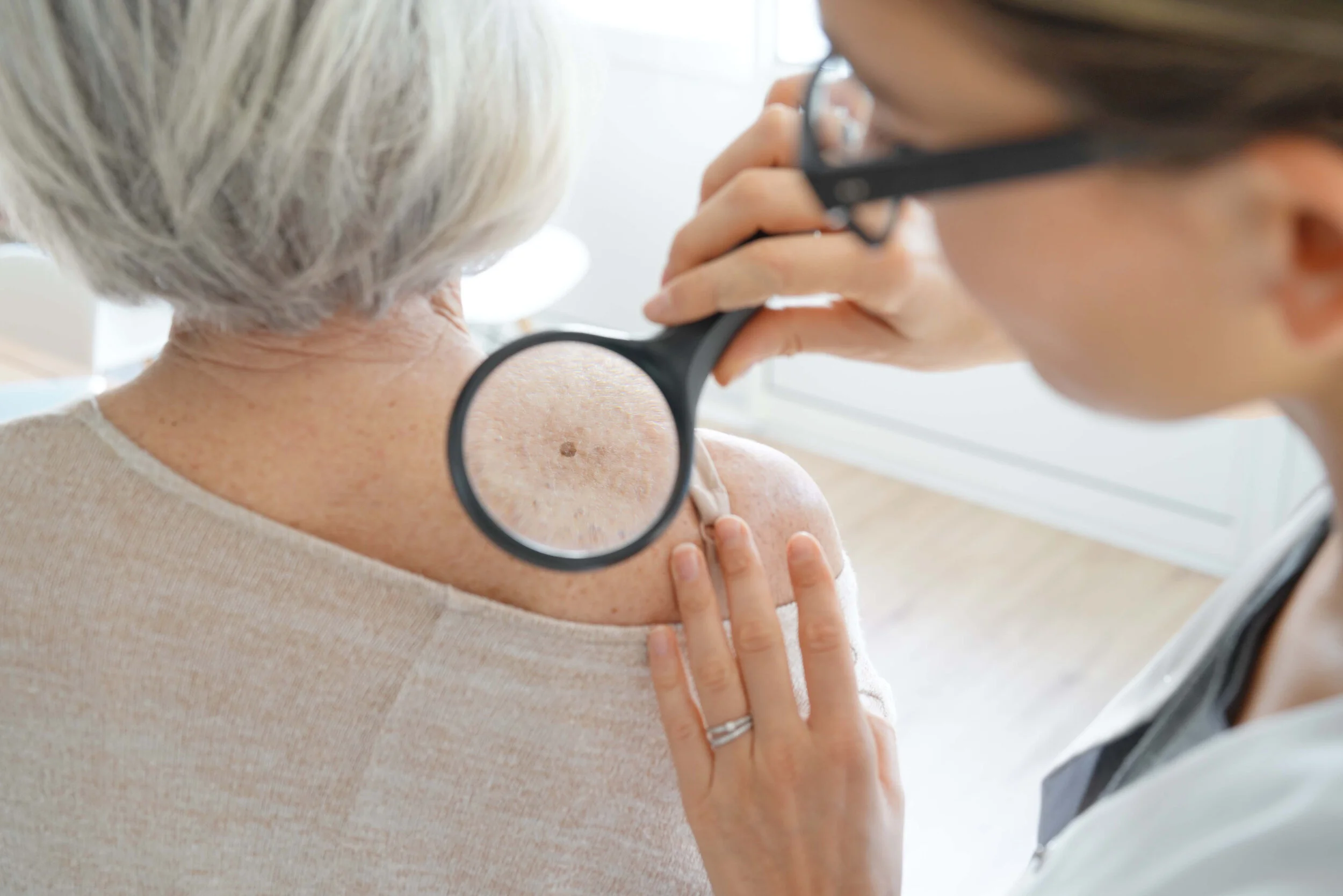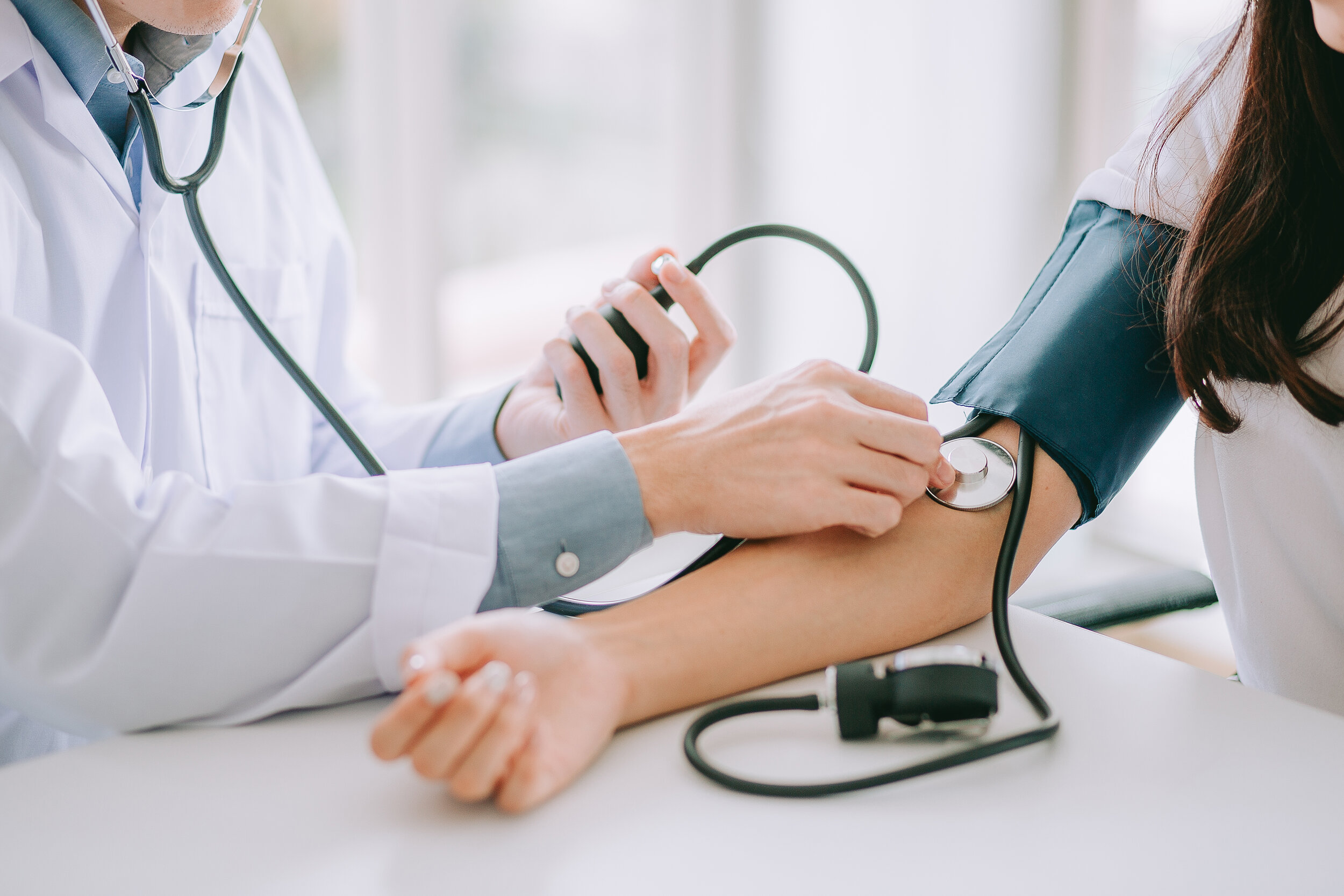8 Checkups And Tests Women In Their 50’s Should Get
There is a reason they refer to older adults as being in their “Golden years.” It’s because these should be the best years of a woman’s life. They can be, too, with a little preventative health planning. When menopause symptoms kick in, its time for women to start thinking about their bodies a little differently.
An estimated 70 percent of women between the ages of 50 and 64 have at least one chronic health problem that may go undiagnosed without the right testing. Consider eight checkups and tests women in their 50’s should get.
Complete Lipid Panel
A complete lipid panel is a blood test that measures cholesterol levels. High cholesterol represents a significant heart health risk for both men and women, especially as they grow older. There are no specific high cholesterol symptoms, so the only way to know you have it is to test for it.
Cholesterol isn’t a bad substance. The human body uses it in many ways, but having high levels can put you at risk for:
Gallstones
Cardiovascular disease
Stroke
Studies show a connection between high cholesterol levels and dementia, as well.
A complete lipid panel measures four types of fat:
Total cholesterol
High-density lipoprotein (HDL) cholesterol – Good cholesterol
Low-density lipoprotein (LDL) cholesterol – Bad cholesterol
Triglycerides – Fat in the blood
You want your total cholesterol level to be below 200 mg/dL. From 200 to 239 mg/dL is borderline high and anything over 240 is high cholesterol.
The test also measures the individual cholesterol levels:
LDL – Over 190 mg/dL is very high
HDL – For women, below 50 mg/dL is a poor reading. Above 60 mg/dL is a desirable measure. Higher HDL cholesterol levels are good because it helps remove fat from cells, including artery walls.
Triglycerides – Below 150 mg/dL is desirable over 500 mg/dL is high.
Knowing your cholesterol levels is important because it can indicate your risk for heart attack or stroke. Medication and lifestyle changes can lower that risk, but only if you know, you have high cholesterol.
Thyroid-Stimulating Hormone (TSH) Screening
The thyroid is a butterfly-shaped organ that sits just under your Adam’s Apple. Its job is to produce hormones that play a major role in metabolism, weight regulation, body temperature, mood, cardiovascular functions, and libido, among other things. When people ask, “What is a hormone profile?” this test is a good example.
The American Thyroid Association states women are up to eight times more likely to develop thyroid conditions like hypothyroidism and hyperthyroidism. Someone with hypothyroidism has an under-functioning thyroid. A diagnosis of hyperthyroidism means the thyroid is overproducing its hormones. Both conditions can mimic other health problems, like the first signs of menopause, which is why this test is so important, especially for women over 50.
There is quality of life issues to consider when it comes to abnormal thyroid hormone levels, too. Fluctuating thyroid hormones can interfere with:
Appetite
Body temperature
Energy levels
Hair quality
Mood
Bowel habits
Women with a thyroid condition may have muscle aches, stiffness in the joints, irregular heartbeat, trouble sleeping, and weight shifts.
Thyroid-stimulating hormone screening is a simple blood test. TSH tests can be confusing because high, over 5.0, mean the thyroid is underactive. A test range from .4 to 5.0 is normal. Anything under .4 indicates a hyperactive thyroid.
The thyroid is part of a feedback loop that helps to regulate its hormones levels. The pituitary gland measures the levels of hormones produced by the thyroid in the blood. When they are low, it stimulates the thyroid with a hormone of its own to increase production.
When the thyroid fails to respond, the pituitary gland makes more of its hormone. The thyroid-stimulating hormone test measures the level of the pituitary glands hormone, not that of the thyroid. A high level means the thyroid is not functioning properly, and a low level means it is overproducing.
Bone Density Screening
Osteoporosis affects as many as 200 million people across the globe. Bone is a tissue that that body breaks down and rebuilds continuously. When you are young, new bone builds faster than old bone breaks down. As a person enters their 20’s, that process starts to slow. By the time you reach 50, new bone creation falls behind, and bones start to lose their density. Osteoporosis means you have low bone density, and that can put you at risk for bone fracture.
Risk factors for osteoporosis include:
Age – Postmenopausal women have a higher risk
Race – It tends to affect whiles or those of Asian descent more
Family history – It can run in families.
Body frame – Women with small frames have less bone mass to lose.
Sedentary lifestyle – Lack of weight-bearing exercises can interfere with bone replacement. This is where tools like the Mighty Health app will come in handy. Might Health offers exercise programs designed for those over the age of 50.
Smokers – Tobacco use can make bones weaker
Excessive alcohol consumption – People who drink more than two alcohol glasses a day have a higher risk.
An osteoporosis diagnosis is made with a bone density test typically done in a hospital. You lie down on a platform, and a small machine measures your bone density. It is a painless procedure.
Bone density is given two scores:
T-score – Bone density compared to a healthy young woman. A score of -1 and above is normal; -1 to -2.5 can mean you have osteopenia, a precursor to osteoporosis. If the score is -2.5 or below, the diagnosis is likely osteoporosis.
Z-score – The Z-score compares your bone density to someone your age. If that number is higher or lower than average, it may indicate something other than osteoporosis. It might be related to a medication or a sign of asthma or arthritis, for example.
Mammogram
If you reach the age of 50 and have not had your first mammogram, it’s time. Ideally, you will have your first one between the ages of 45 and 54, then once every two years after, explains the American Cancer Society.
A mammogram is an imaging test done of the breast. It is one of the most effective ways to detect breast cancer early, sometimes up to three years before you might feel a lump.
For a mammogram, you stand in front of a specially designed X-ray machine. A technician places one breast at a time on a plate. Another plate presses down on the breast to flatten it. The technician will take multiple views of the breast and check each one to ensure it is clear before continuing with the test.
Some women describe a mammogram as uncomfortable and even painful. It is a short test, though, and an essential one. After the test is complete, a radiologist reads the images and sends those results to your primary care provider. If the test is abnormal, they may choose to do a second mammogram before making a diagnosis.
Mammograms are done at imaging centers or in hospitals. That may leave you asking, “How long does a mammogram take?” but the test is quick – usually 15 to 30 minutes from start to finish once you start.
Colonoscopy
A colonoscopy is a test both men and women need to get after age 50. It is an exam that allows doctors to detect colon cancer and other conditions that impact the large intestine. Colon cancer is thethird leading cause of cancer deaths in the U.S. The rates have been dropping over the last decade, in part because people are becoming more aware of the importance of a colonoscopy.
Colonoscopies are done in a hospital and, usually, under some sedation. A long, thin tube with a camera goes into the rectum and allows doctors to see the entire colon. If necessary, they can remove polyps, which are abnormal growths, or any suspicious tissue during the test.
There are very few risks from this test and many potential benefits. If it’s negative, there are no abnormalities in the colon; you may not need another one for five to ten years, depending on your other risk factors.
If they do remove tissue, it will go to a lab and be checked for cancer markers. Not all polyps indicate cancer, though.
Skin Check
A skin check is a visual exam of skin to see any abnormalities like moles or marks that are unusual in color, size, or shape. One in five people has some form of skin cancer by the time they reach age 70. It is the most common form of cancer in the U.S. and kills more than two people every hour.
During a medical skin check, a dermatologist or primary care physician will examine every inch of your skin, including your scalp and genitals, using a magnifying tool. It takes about 10 to 15 minutes.
If you have risk factors, like fair skin, light eyes, lots of freckles, or red hair, doctors for people over 50 may recommend a full-body skin check once a year.
Blood Sugar Screening
Your risk of type 2 diabetes increase once you hit age 45. That is why many women over the age of 50 have an A1C test. As a person ages, their cells may become resistant to the hormone insulin.
Insulin acts like a key to open cell membranes and let glucose (sugar) in for energy. If a cell becomes resistant to insulin, sugar has nowhere to go, so it continues to circulate in the blood.
As sugar levels start to build, the pancreas releases more insulin to fix the problem. Over time, the pancreas cells that produce insulin break down and fail to make enough of the hormone.
Untreated diabetes can increase your risk of:
Heart disease
Blood vessel disease
Nerve damage
Kidney damage
Eye damage
Alzheimer’s disease
The gold standard test for type 2 diabetes is the glycated hemoglobin (A1C). This test indicates your blood sugar for the last couple of months. A normal A1C test is below 5.7. Prediabetes ranges are 5.7 to 6.4, and if your A1C level is 6.5 or higher two times, you have diabetes.
Blood Pressure Screening
Of course, you have your blood pressure checked often throughout your life, but regular screening becomes more important as you age. Hypertension is a contributing factor to more than half a million deaths each year. It increases your risk of heart attack or stroke. They call it the silent killer because you can walk around with it without knowing you have it.
It is straightforward to get your blood pressure checked. It’s even something you can do at home with a health tracker.
Blood pressure includes a systolic and diastolic reading. Normal blood pressure is less than 120 systolic with a diastolic of less than 80. Elevated is a systolic of 120-129 and a diastolic of less than 80. Anything higher is hypertension and may require lifestyle changes, medication, or a visit with a cardiologist.
The right tests help your doctor target any chronic illnesses that might interfere with your golden years. Most take very little time and are well worth the effort. Make a list of the tests you have not had, yet, and then talk to your doctor about taking a more proactive approach to your health.
Women come to expect certain things as they grow older like droopy boobs, and a struggle to lose weight. By making lifestyle changes that include better nutrition and plenty of activity, along with seeing your doctor regularly, you have the chance to live your best life over the age of 50.





